Working across 5 continents, from Asia to Eastern Europe, going through Australia, South America and Africa, I need to equip myself with new tools and data to have a better understanding of what I am dealing with: and it is not only about the current business landscape and the cultural differences.
There are two key points, to me: first, is to understand where regions are coming from, where they are heading at (or, in other words, trends and projections) and where they stand compared to each other; second, is to get the right set of metrics, as it cannot be only GDP growth, GDP per capita, IT spending, R&D investment, and so on. With this respect, there are several challenges to be addressed:
- Complexity, as the number of variables to be monitored can easily explode, becoming unmanageable and difficult to understand;
- Interconnectedness, as we need to see interrelationships rather than separate things, looking for patterns of change rather than static snapshot;
- Completeness, as we need to understand what is relevant, meaningful, to measure: well-being, happiness, trust in all the relationships are as important as other financial metrics.
Here is my list of favorite resources for the intelligent traveler, the insightful leader dealing with local issues in a globalized world. All of them are doing a pretty good job in addressing the three issues when it comes to navigating throughout our small world.
|
|
|
|
1
|
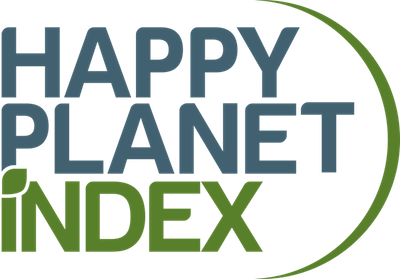 |
The Happy Planet Index (HPI) is the leading global measure of sustainable well-being.The HPI measures what matters: the extent to which countries deliver long, happy, sustainable lives for the people that live in them. The Index uses global data on life expectancy, experienced well-being and Ecological Footprint to calculate this.The index is an efficiency measure, it ranks countries on how many long and happy lives they produce per unit of environmental input. |
|
2
|
 |
Gapminder is a non-profit venture promoting sustainable global development and achievement of the United Nations Millennium Development Goals. It’s great to visualize long-term trends and Country relative positioning on a number of different variables. |
|
3
|
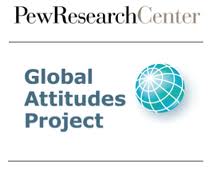 |
The Pew Research Center’s Global Attitudes Project conducts public opinion surveys around the world on a broad array of subjects ranging from people’s assessments of their own lives to their views about the current state of the world and important issues of the day. |
|
4
|
 |
The mission of the Organisation for Economic Co-operation and Development (OECD) is to promote policies that will improve the economic and social well-being of people around the world. Provide a wide range of statistics on key social, economical and environmental issues. |
|
5
|
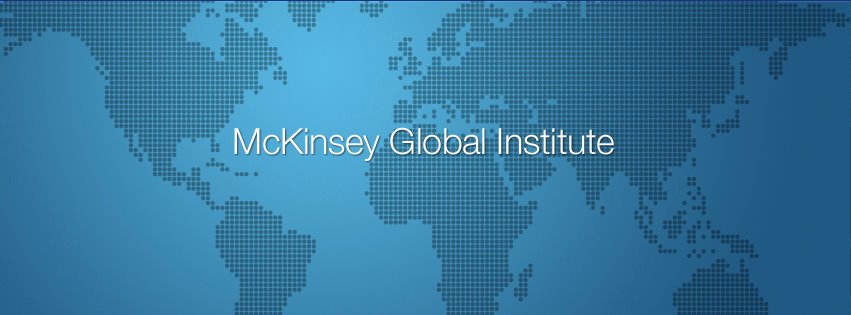 |
The McKinsey Global Institute, the business and economics research arm of McKinsey, was established in 1990 to develop a deeper understanding of the evolving global economy and to provide leaders in the commercial, public, and social sectors with the facts and insights on which to base management and policy decisions. |
|
6
|
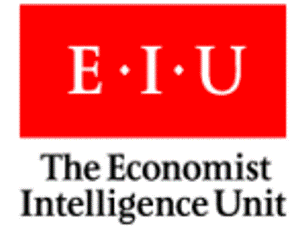 |
The Economist Intelligence Unit helps business leaders prepare for opportunity, empowering them to act with confidence when making strategic decisions. |
|
7
|
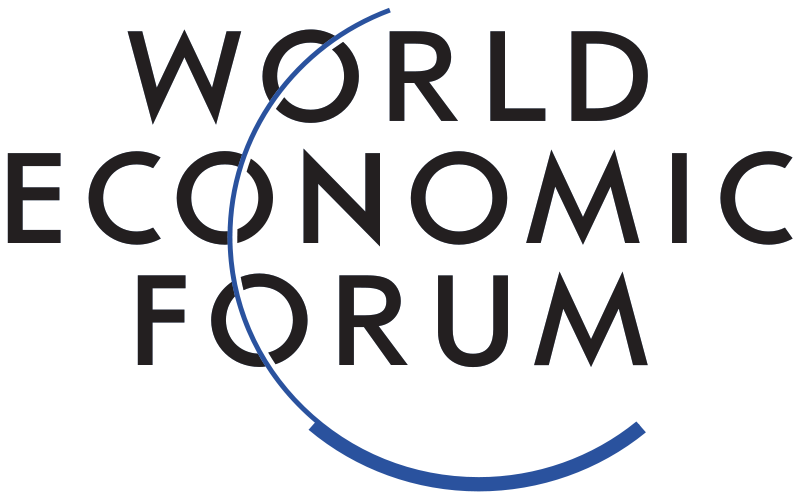 |
The World Economic Forum is an independent international organization committed to improving the state of the world by engaging business, political, academic and other leaders of society to shape global, regional and industry agendas. |
|
8
|
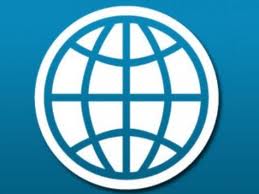 |
The World Bank is a vital source of financial and technical assistance to developing countries around the world. In the tumbir session, great visualization of the fight against poverty. |
|
9
|
 |
The World Happiness Report report, published by the Earth Institute, reviews the state of happiness in the world today and shows how the new science of happiness explains personal and national variations in happiness. |
|
10
|
 |
Country Navigator™ is a web-based tool that gives you valuable insight on how to successfully interact with people from different cultures. |



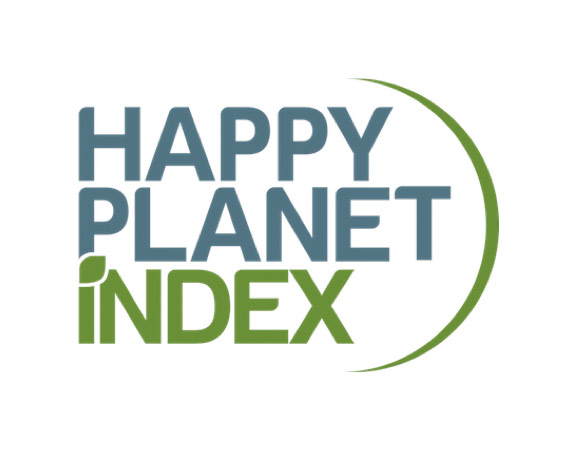









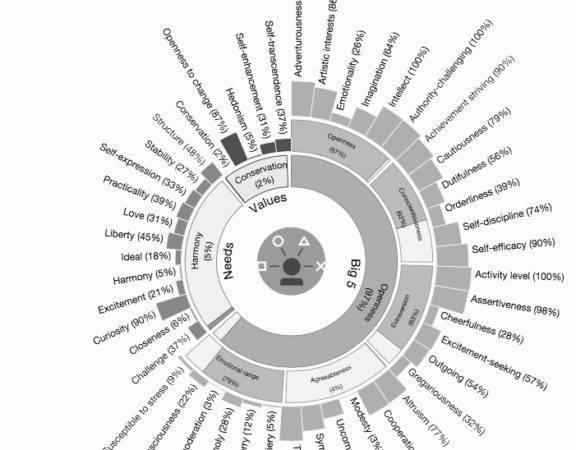

2 Comments
Good list, I’d add to that the CIA World Fact Book which lists a number of basic parameters about every one of the 194 contries reconized by the U.N.
Good catch Gianni!